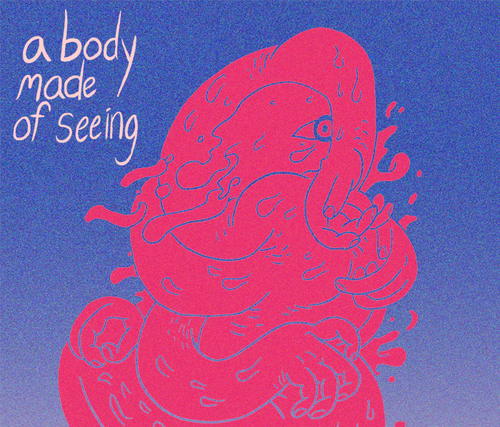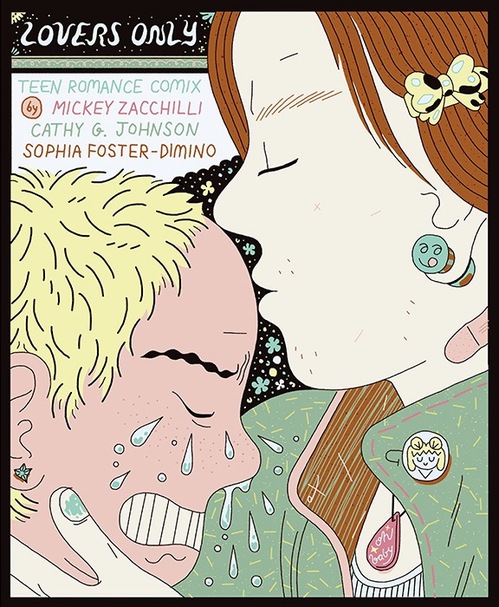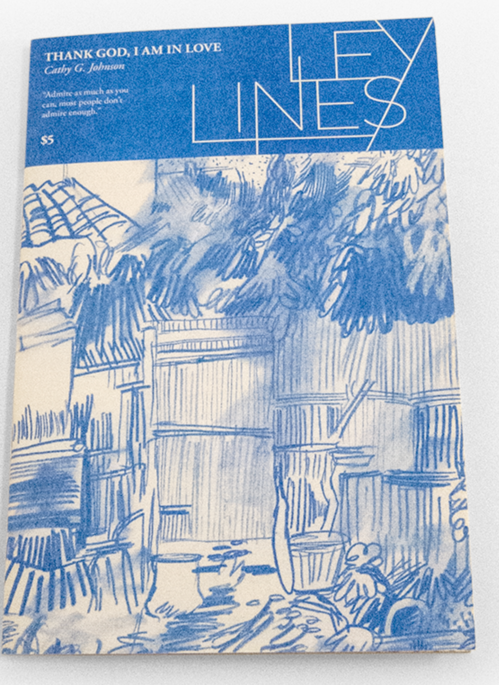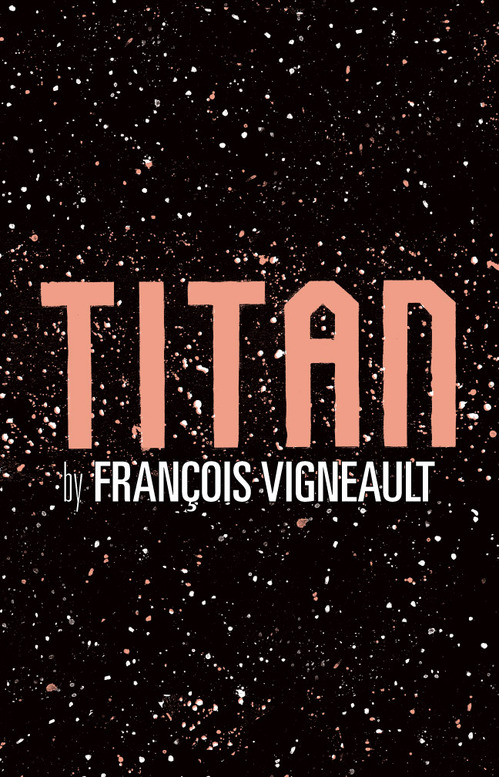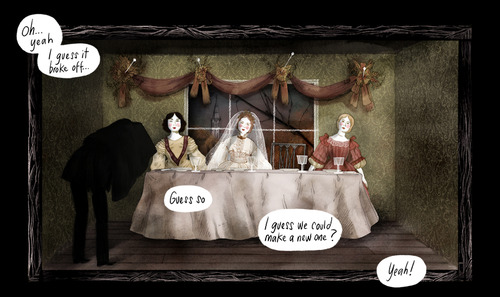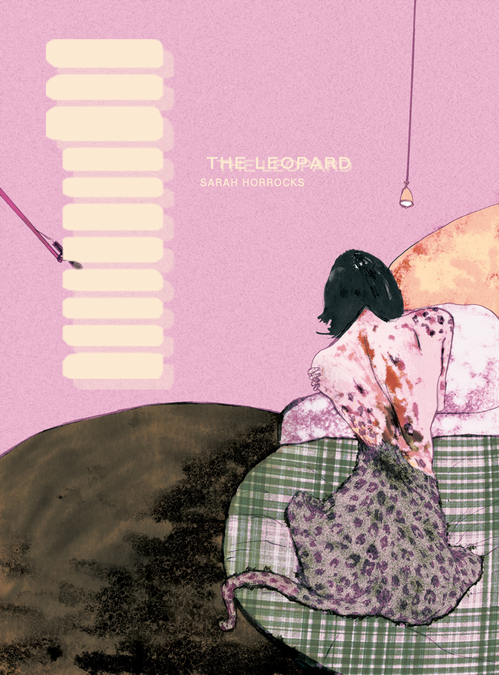10 Small Press and Self-Published Comics You Should Have Read in 2015

Every December, comics journalists scramble to cobble together lists of their favorite series and graphic novels published in the last year. Unlike ranking movies or TV, this task is exceptionally hard because the medium has so many formats: do I include archival material? Should there be a list for serials and one for bookshelf comics? This series came out last year, but the collection wasn’t out until this year… et cetera, et cetera. But all the publications somehow pull themselves together and push through their nagging questions of “did this even come out this year?” and “what am I forgetting…?” to finally hit “publish.” Yet, Year End lists are almost indistinguishable from one another, and the same few books show up on most of the lists. This list is designed to spotlight the books just as good in the Venn diagram of best-of adulation, but may not have received the marketing campaign push or distribution to float on the mainstream critical radar. Click on the book’s title for a link to either the online comic or the store where you can purchase a copy. ![]()

10. The Linguists
Writer/Artist: Pete Toms
Self-Published
Rendered in Pete Toms’ simple, unadorned style, The Linguists is a stew of ideas—the act of creation, the necessity of community, postgraduate ennui, the problems of authorship. The characters are bored and naive, and they’re all circling the drain of blind-alley academia. Each of them has to realize the state they’re in, and for some, that includes violence and death. In this way, The Linguists is almost Cronenbergian in its use of bodily self-disfigurement to illustrate its points, but Toms’ cadence is unaffected and unironic. It’s not homage so much as it is a familiar means to a distinct end, and The Linguists is a legitimately challenging work. It’s not a hollow center couched in pretension, as so many “alt comix” are, but it is opaque; you can’t quite name it, but there is something at work here, something that needs to be talked through, thought through, argued over and vivisected.![]()

9. Thunderpaw: In the Ashes of Fire Mountain
Writer/Artist: Jen Lee
Self-Published
Jen Lee never ceases to impress. Her comics are honest and raw and emotionally incisive in a way that so few things are. And stylish. The expressive, deeply human animals that populate her post-apocalyptic online adventure serial, Thunderpaw, are fashionable enough to strut down a cat walk, and her aesthetic is “so cute that it’s cool.” She’s an accomplished artist who can illustrate sumptuous “funny animal” images. But she’s also an accomplished cartoonist, a writer of images, and she knows how to use her form. Many of her panels are GIFs, slight ad infinitum movements that captivate and intrigue, and many of her pages make full use of the infinite canvas afforded by the web. Height and length are powerfully represented with these tools, and Thunderpaw is as formally interesting as it is aesthetically pleasing.
-

-

-

-

-

-

-

-

-

-

-

-

-

-

-

-

-

-

-

-

-

-

-

-

-

-

-

-

-

-

-

-

-

-

-

-

-

-

-

-

